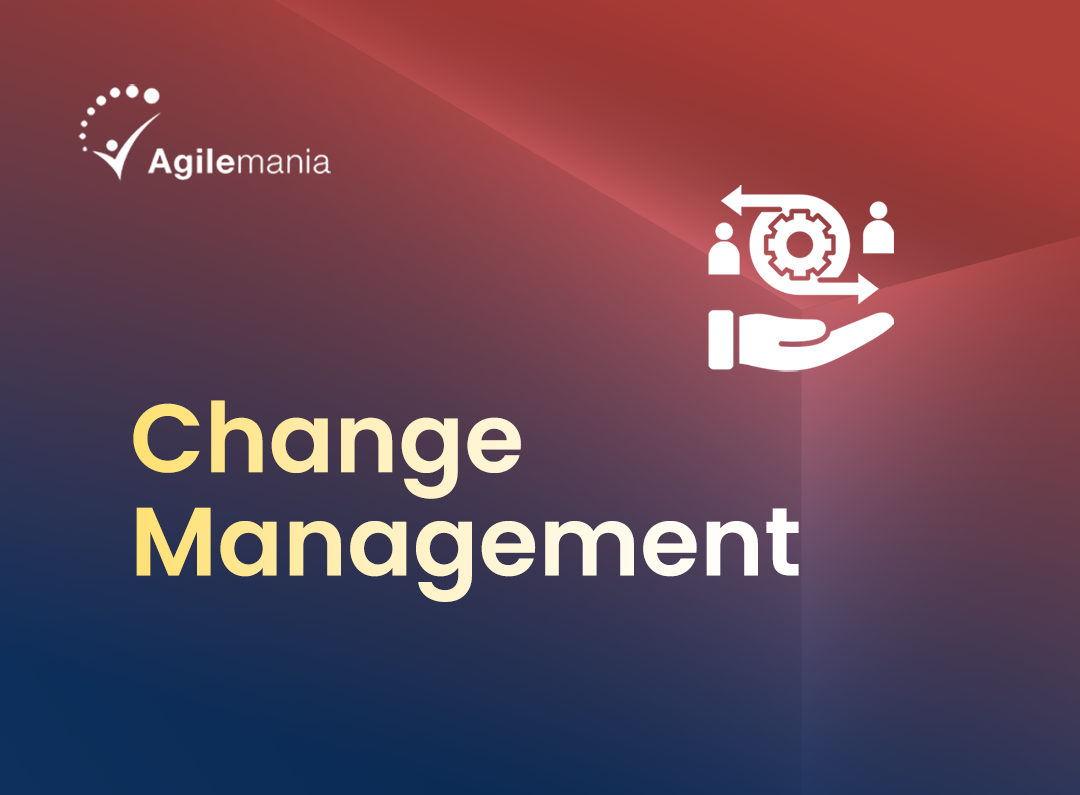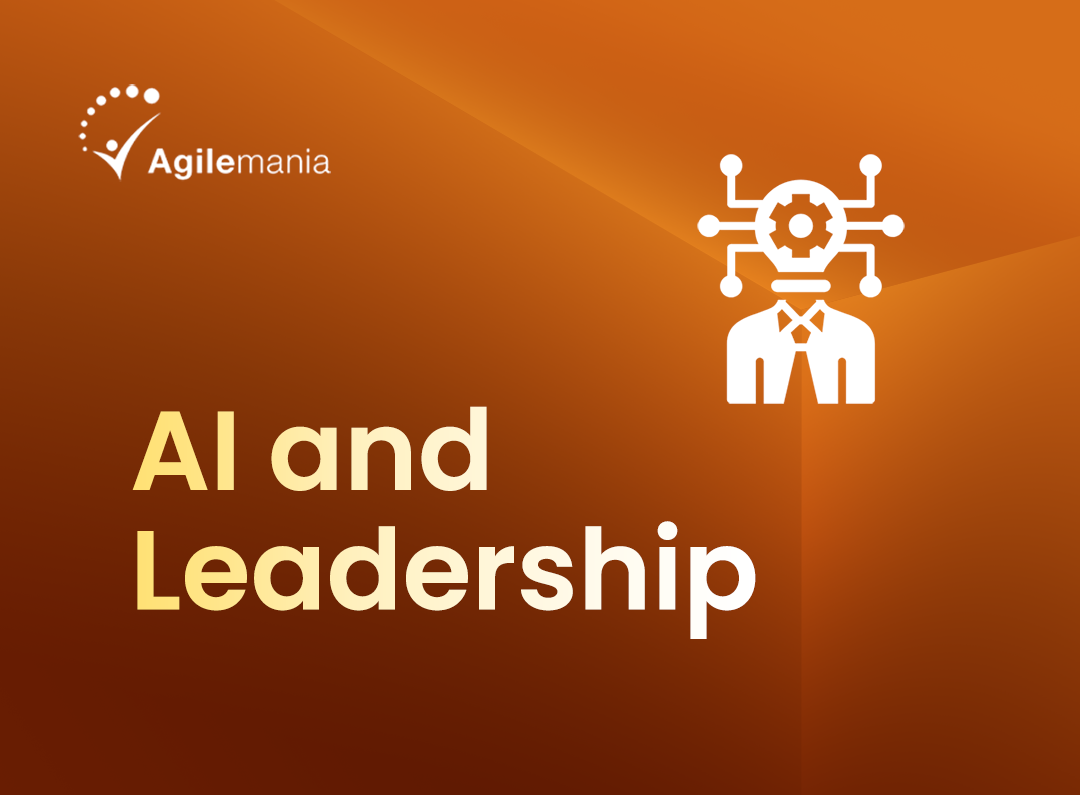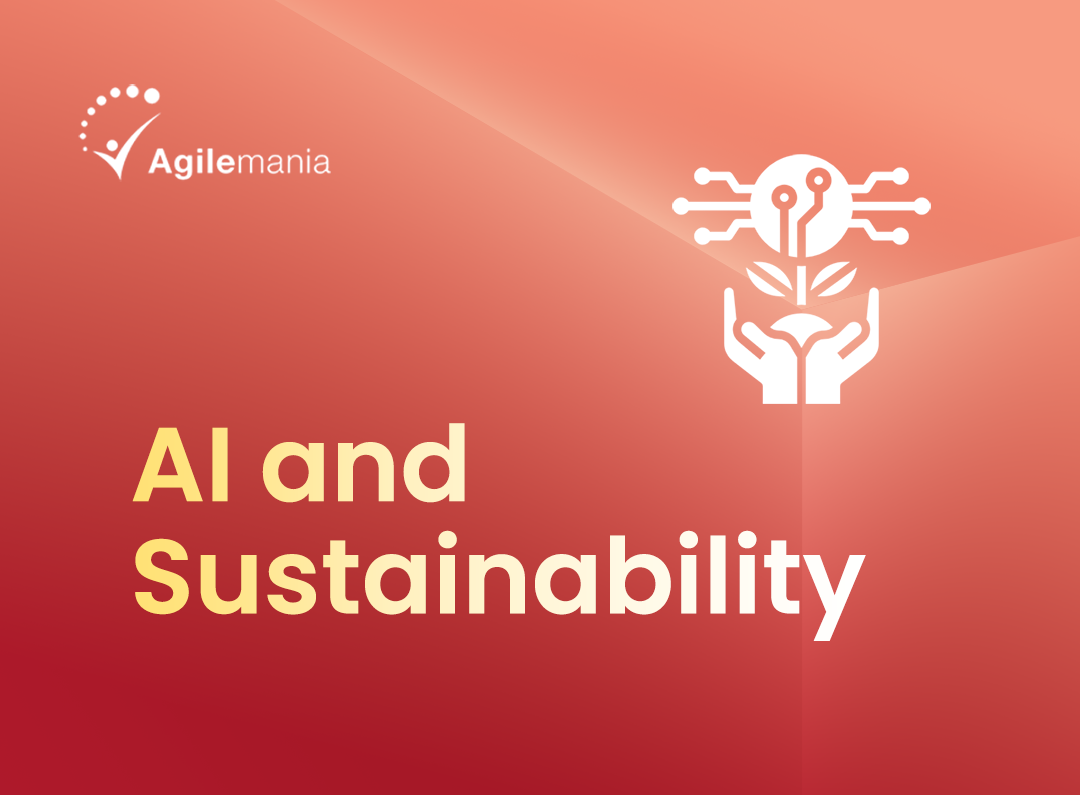The Agile methodology has long been accepted over the waterfall methodology. Despite decades of its inception, agile transformations have been a failure for many organizations.
What’s the reason for this? Is it something that the naked eye is failing to notice?
Whatever the reason, today we are going to talk about the phases(steps) in Agile methodology.
As a part of the discussion, we will be starting with the basics of Agile and then moving to the central topic.
Feel free to skip to the last part if you think you’re a pro.
Off we go!
Agile Statistics
As per the 15th State of Agile Report, the respondents stated the following reasons to adopt Agile-
- 64% cited Enhance ability to manage to change priorities
- 64% stated Accelerate software delivery
- 47% opined increased team productivity
- 47% stated Improved business and IT alignment
- 42 % voted for Enhanced software quality
- 41% reported delivery predictability
- 39% stated Reduce project risk
- 39% cited responses to volatile market conditions
- 24% opined Better management of distributed teams
- 23% reported reduced project cost
What is Agile Methodology?
Agile is a time-bound agile project management methodology that follows an iterative approach that builds software in increments from the start till the completion of the project.
Four Core Values
The four core values of the Agile Manifesto are-
- Individuals and interactions over processes and tools
- Working software over comprehensive documentation
- Customer collaboration over contract negotiation
- Responding to change by following a plan
Kickstart Your Agile Journey
Enroll in our PSM I Training today and master the essentials of Scrum methodology.
Learn, Apply, Succeed!The Agile Manifesto propagates these 12 Agile principles-
- Customer satisfaction through continuous delivery of the product
- Divide large tasks into smaller parts for faster and achievable tasks for quicker completion and easier integration of changes
- Adhere to the decided timeframe for the delivery of a working product
- All stakeholders must frequently collaborate to ensure that the project is headed in the right direction
- Create a supportive environment to motivate team members and encourage them to perform better
- Prefer face-to-face communication over other methods
- Working software is the primary measure of progress
- Strive to maintain a steady pace of development
- Maintain the quality of the product by paying attention to the technical details
- Keep things simple
- Self-Organized teams produce more results
- Self-Reflection helps in correcting mistakes and improving performance.
Agile Team Roles
The success of the Agile framework is dependent on 3 roles-
1. Scrum Master: The Scrum Master is responsible for the implementation of the Scrum framework. They ensure that the scrum principles and practices are followed. They eliminate hurdles, conduct meetings, and work with product owners. As a Scrum Master, you will be working closely with the Product Owner to ensure that the Product Backlog is ready for the next sprint.
The Scrum Master has authority over the process but doesn’t have authority over the team members. However, the Scrum Master is well within their rights to ensure that the team members are not burdened with tasks so that the sprint progresses smoothly.
2. Product Owner: The Product Owner is a representative of the customer. They decide what features to build and prioritize the feature that offers the most business value to the customer. The Product Owner knows the in and out of customer behavior, market environment, and current trends.
The Product Owner envisions the product's future, communicates with the external stakeholders, and translates their needs into the team. They also ensure that the product needs are being built and oversee the progress.
3. Development Team: The Scrum Development team is a cross-functional team so they have the technical expertise to deliver the final product. The scrum team includes professionals like software developers, architects, programmers, analysts, system admins, QA experts, testers, UI designers, etc.
The scrum team works on the features specified by the Product Owner. It helps in goal definition and sprint planning. The sprint team only undertakes tasks that they can handle at a time. It uses data to develop high-quality products and ensure regular testing to find flaws in products and prototypes. It also does frequent quality assurance checks.
Become an expert Scrum practitioner with our in-depth PSM II Training.
Master Advanced Scrum Practices!Key Agile components
The agile methodology consists of 6 components that glue the agile process together-
1. User Story: User Story is a tool used in Agile to record the description of a software product from the end-user perspective. These user stories are divided into small phases and then developed in single sprints by Agile teams.
2. Sprint: Sprints are short time-bound periods that last 1 to 4 weeks when tasks are completed.
3. Daily Stand-Up meetings: Daily Stand up meetings are meetings where all functional teams attend and discuss the progress so far.
4. Kanban Board: A Kanban Board is an agile project management tool created to help envision workflow in your organization. It is a tool to help limit work-in-progress and optimize efficiency.
5. Product Backlog: The product backlog is a list that contains and prioritizes the details of every little task you require to include in your product. If you want to make any changes to your product, then the product backlog is the only source of requirements.
Agile Methodology Phases
The Agile Methodology phases are 5 in total-
1. Build the Product Backlog: In this phase, epics and user stories are created. An epic can be broken up into multiple user stories. The most important thing to keep in mind when transforming an epic into a user story is that it should be able to come as small pieces that fit in the sprint so they can be implemented on time. User stories cannot become part of the sprint if they are not fully ready to be put in the product backlog list.
2. Sprint planning and sprint backlog: The sprint is an excellent time to get short, measurable feedback from your customers. If you have a short time frame for each sprint, then you will be able to see where changes need to happen in your development cycle and make sure that every single sprint counts in the whole scheme of things.
Including customer feedback from each sprint can help avoid the big surprises later on by ensuring that you are continually working towards improving the end result. Don't let bugs or issues go unchecked either: some minor problems early on could mean trouble down the line if neglected.
3. Sprint in progress: The real user stories are broken down into smaller tasks and are added to the sprint backlog. A task board also known as a Kanban board is used to help keep track of all the software development processes.
The cards on the board specify information such as who the task is assigned to, what work needs to be finalized when, and by when. The columns of the task board are "Product backlog or the User stories", "To-do lists", "Work in progress", and then "testing" and "work done".
4. Beta testing and Product Demo: Sprint goals require demonstrable, working products. Any bugs from the previous sprints should be resolved and not carried over into the next sprints. This is how legacy code becomes unmanageable, among other reasons.
While it might seem like a good idea to add more stories to allow for more time in development for testing and bug fixing, that only results in less value delivered for customers each sprint. Every project must have enough time dedicated to exploring alternatives when developing a product. Soliciting feedback from peers and customers at regular intervals can result in avoiding rework that drains away time with a small positive impact on your team or business process.
5. Sprint Review and Retrospective: After the end of each sprint, your team will hold two meetings: First, you will hold a sprint review with a project stakeholder to show them the finished product. This is a step towards maintaining open communication with stakeholders. An in-person or video conference meeting allows both parties to build a relationship and discuss product issues that arise.
Second, you will have a sprint retrospective meeting with your stakeholders to discuss what went well during the sprint, what could have been better, and what was accomplished during the sprint.
Conclusion
So, now that you know the agile methodology steps in detail. Where do you think you’re going wrong? Is it Product backlog, sprint backlog and planning, sprint progress, beta testing, and product demo, or sprint review and retrospective? If you’re not able to find the flaw, our doors at Agilemania are always welcome.






























































































